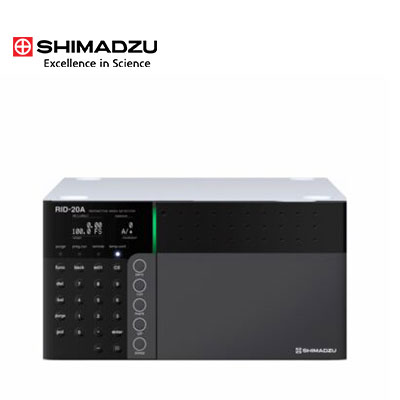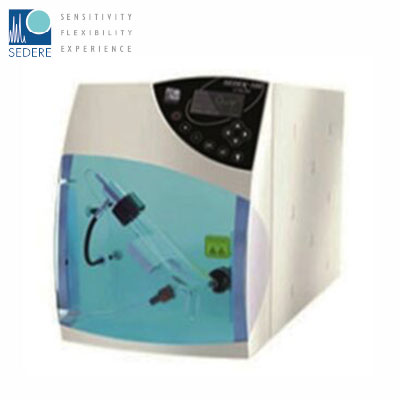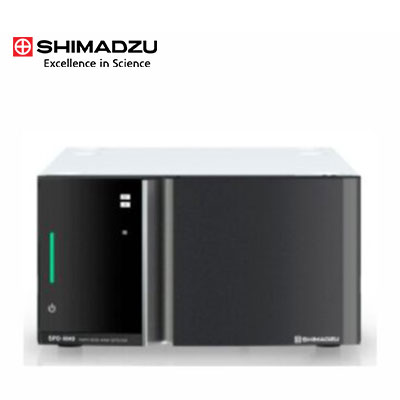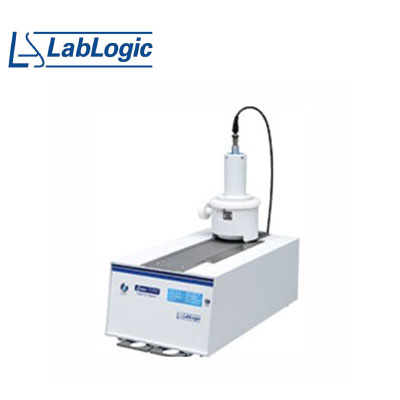Refractive Index Detector
Inheriting the stability and extensibility that are the strengths of the Prominence series, the new RID-20A model of differential refractive index detector is designed with a new reference-cell auto-purge feature and validation support function. The RID-20A reduces the time to stabilization after power-on dramatically by utilizing dual temperature control for the optical system.
Improved Baseline Stability

The optical system is housed inside a dual-temperature-controlled block. The temperature of the incoming mobile phase is controlled in two stages; consequently, the stabilization time is significantly shorter than with conventional systems. This dual-temperature control also helps significantly reduce baseline drift, thus increasing the reliability of analysis data.

Proprietory Technology Supports High Sensitivity Analysis to Prep LC Applications
The four-partition photodetector in the RID-20A allows a wide refractive index range (0.01 to 5000 μRIU). The single detector supports all applications from highly sensitive measurements to preparative measurements using the three operation modes shown below.

The detector element of the RID-20A is partitioned into four parts, and the parts used can be changed electrically. In A mode (for high-sensitivity analysis), the partitions are grouped left-right (combinations of A+C and B+D), and in P and L modes (for preparative analysis), the partitions are grouped top-bottom (combinations of A+B and C+D). In P and L modes, because measurement is possible regardless of the position of the element’s center line, large refractive indexes for high-concentration samples can be handled.







